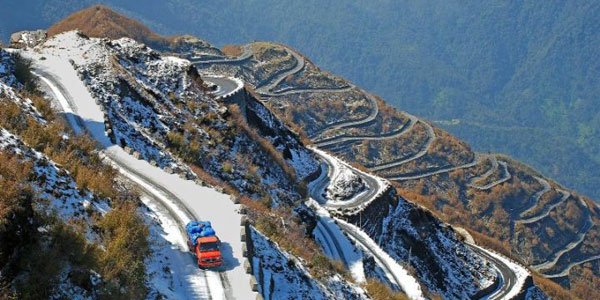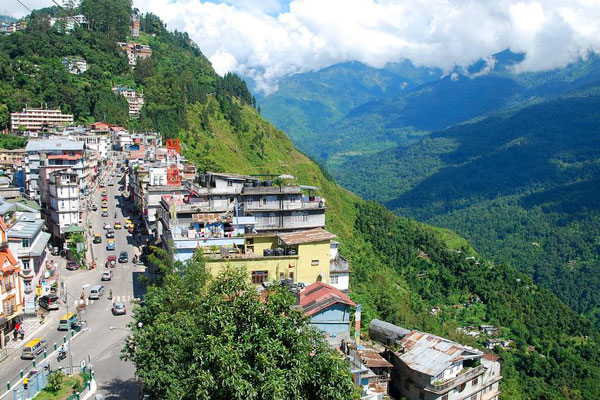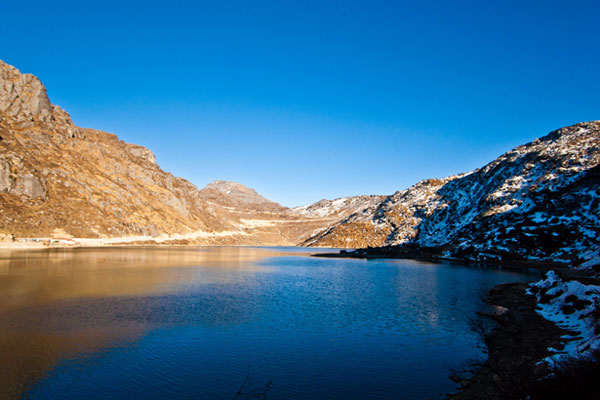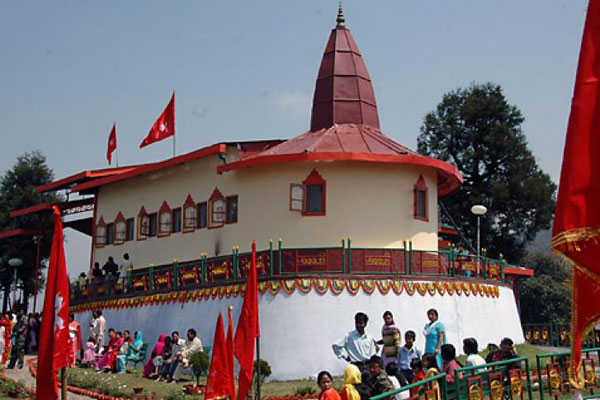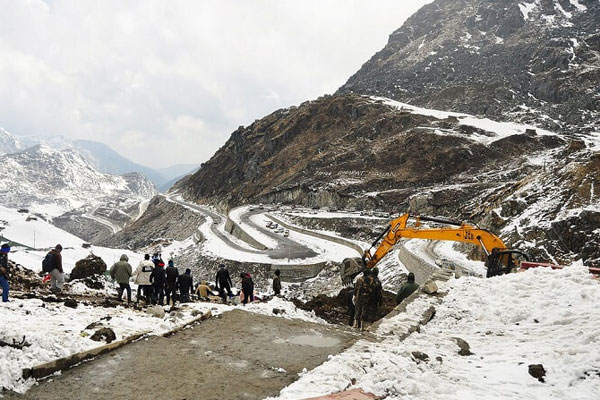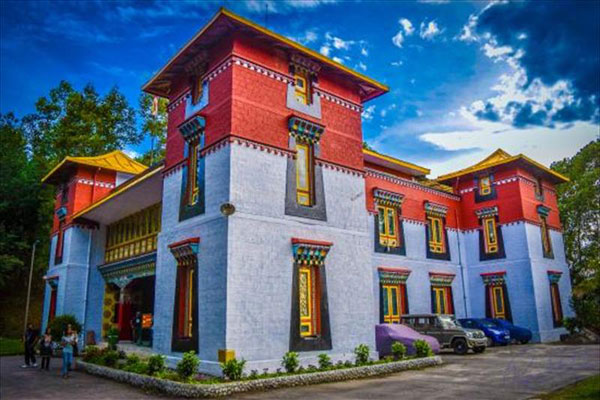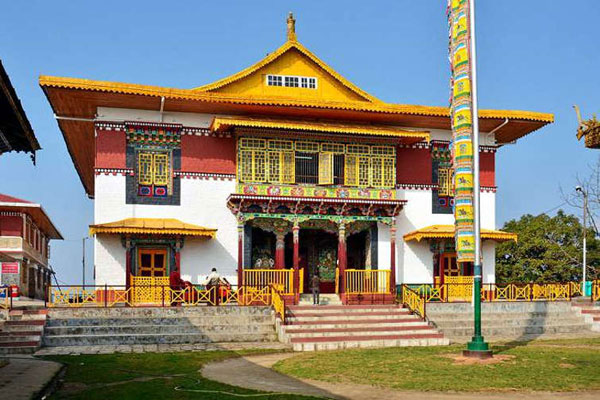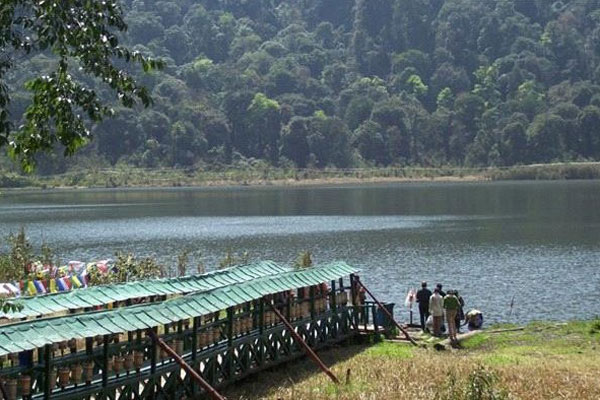East Sikkim Overview
Its strategic location, a strong Buddhist presence and heady cultural offerings make the First City of Sikkim-Gangtok, a tempting insight into this stimulating land. Sensational views of Mt. Kanchendzonga, orchid nurseries, great shopping-sample some of its treasures before heading out of town to savor Sikkim's other delights. Sign up for one of the holy- tours to catch breathtaking vistas. During the Buddha Purnima in May, delve into the city's cultural leaning in those superlatives Sage Dawa festivities. Follow the colourful procession of venerable lamas carrying the holy books of Buddha's teaching from the Tsuklakhang Monastery in the palace to different parts of town.
